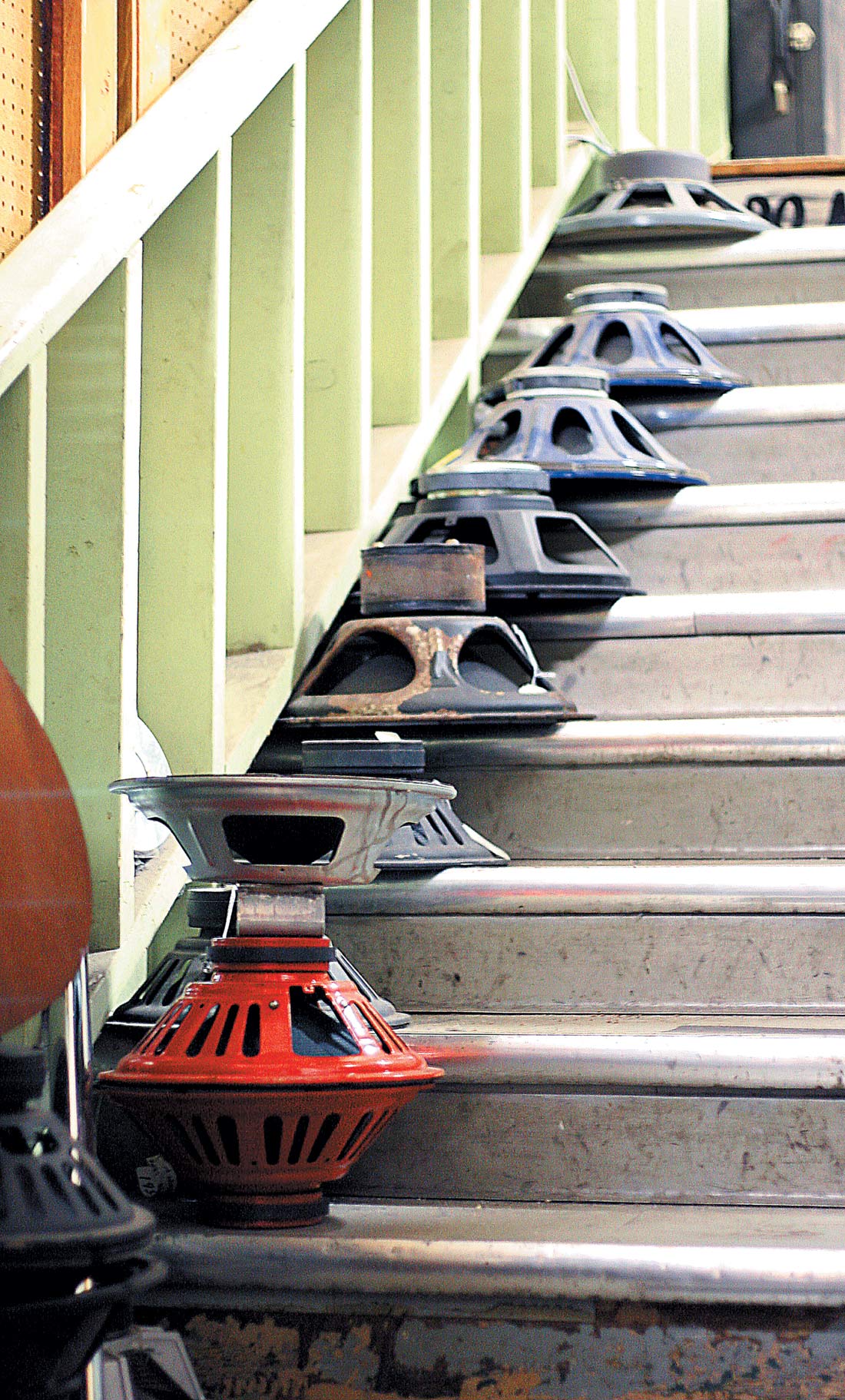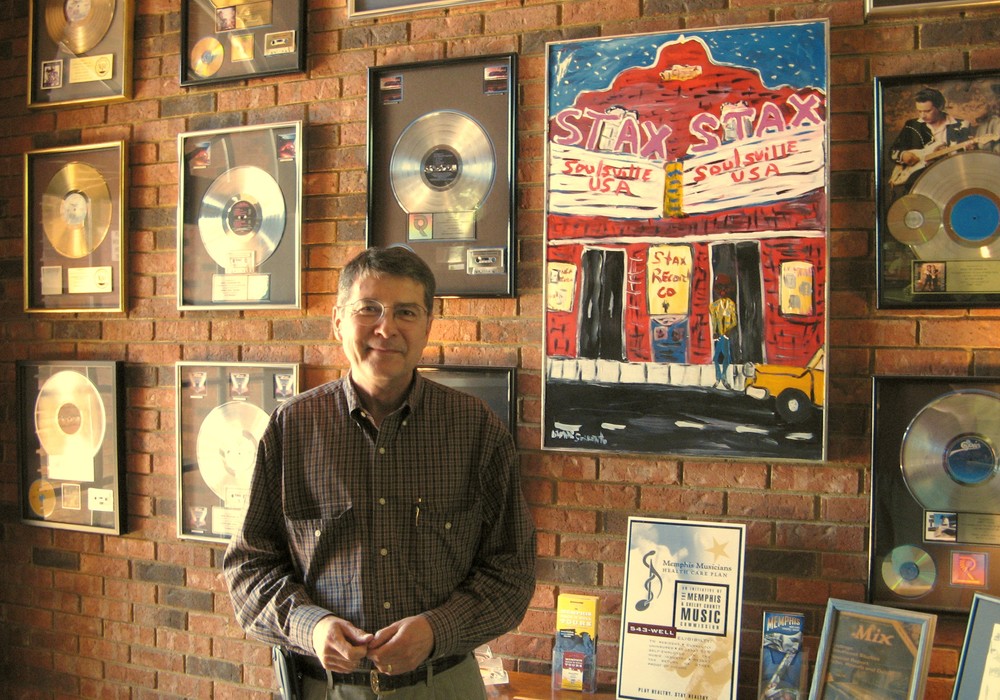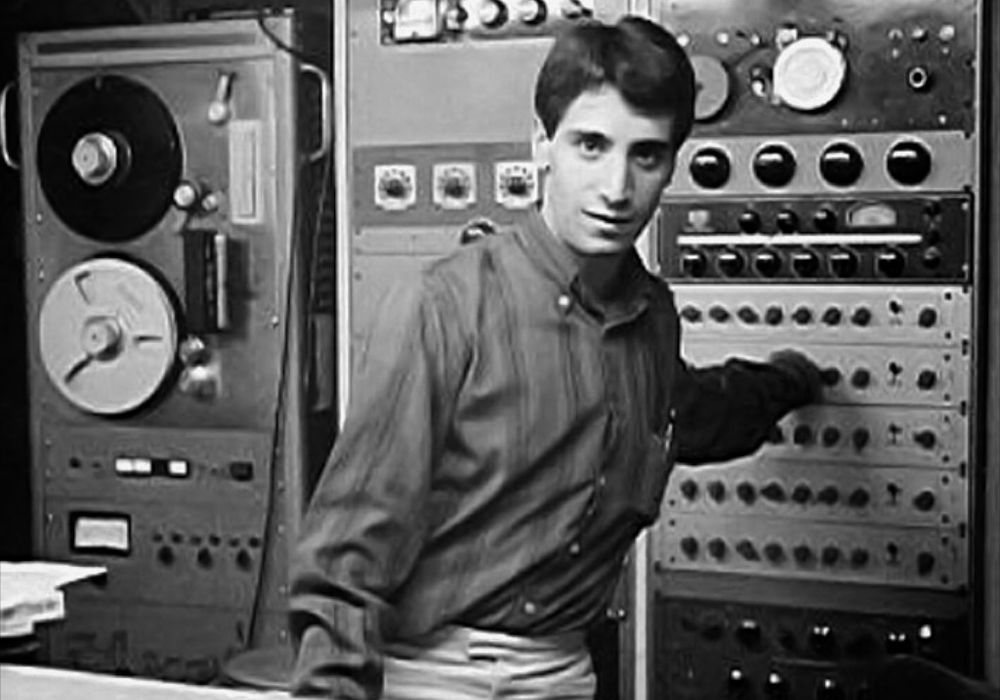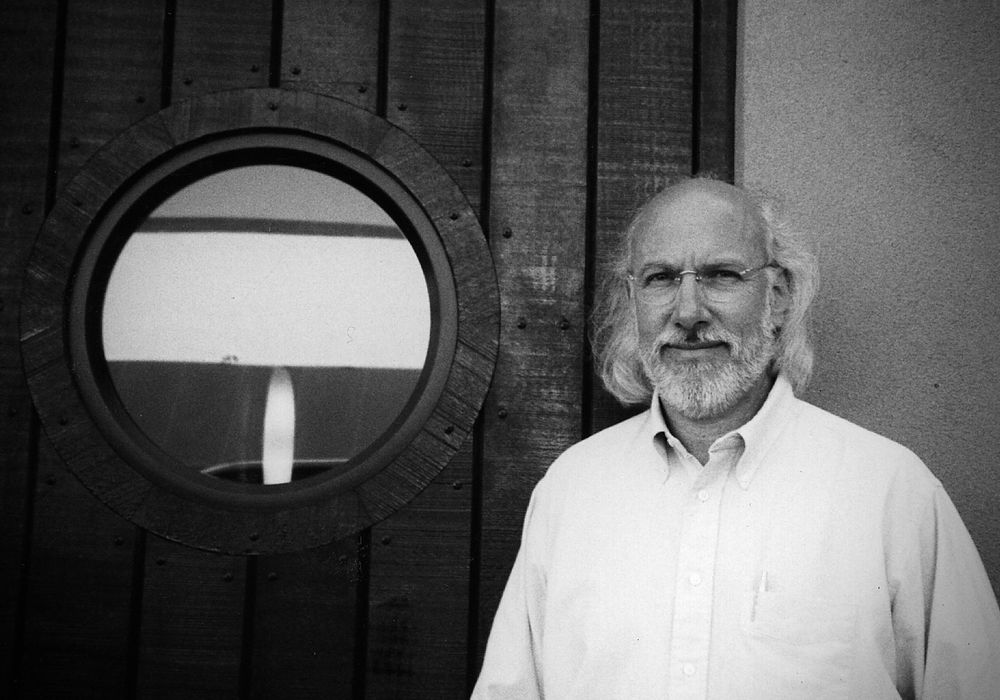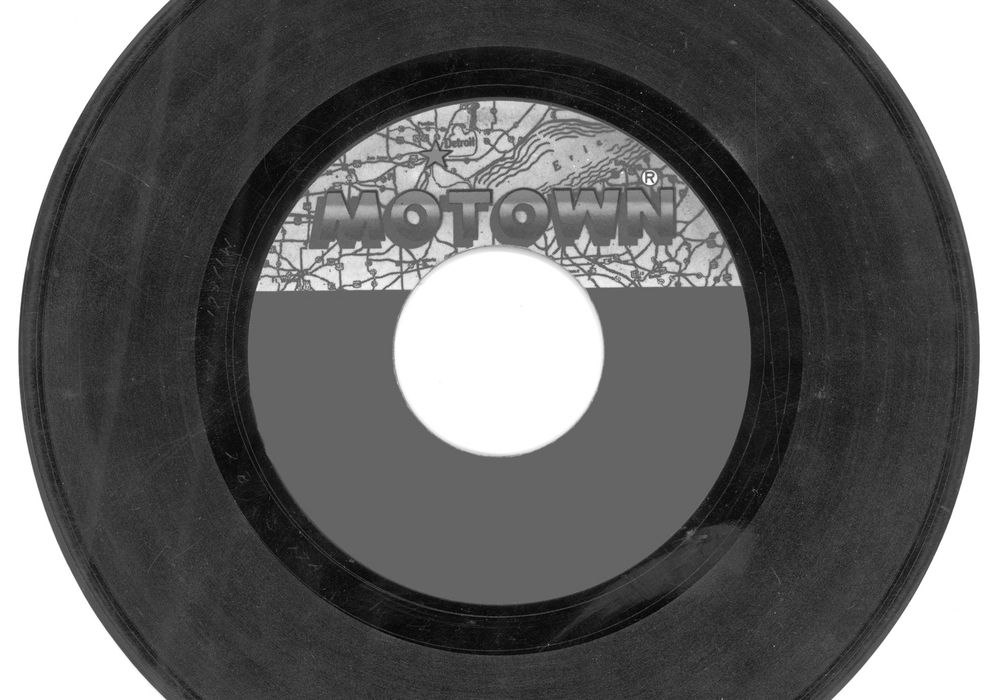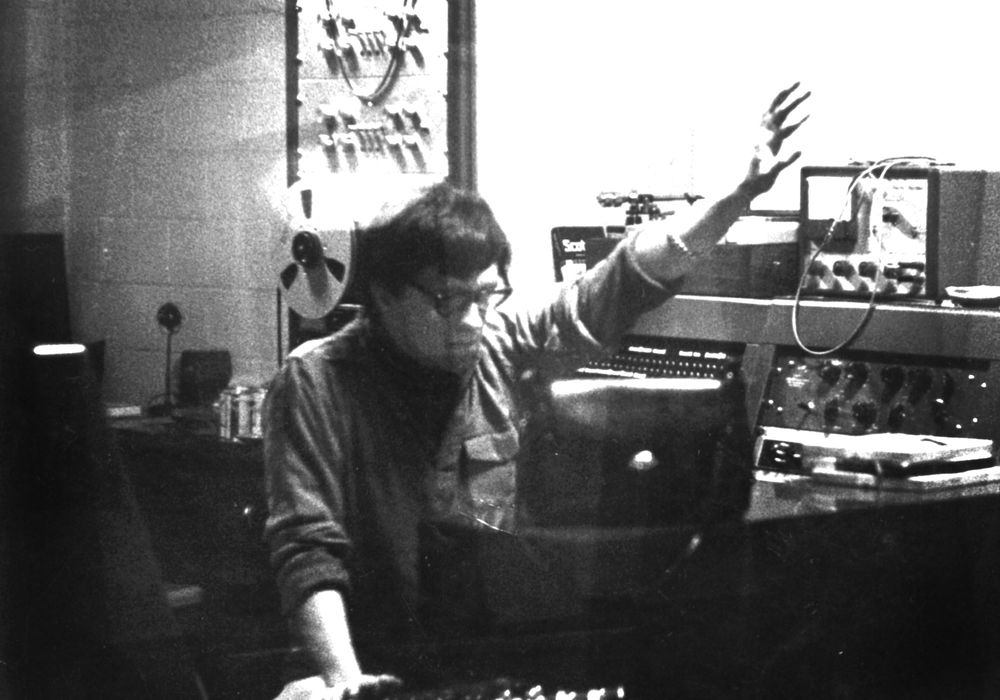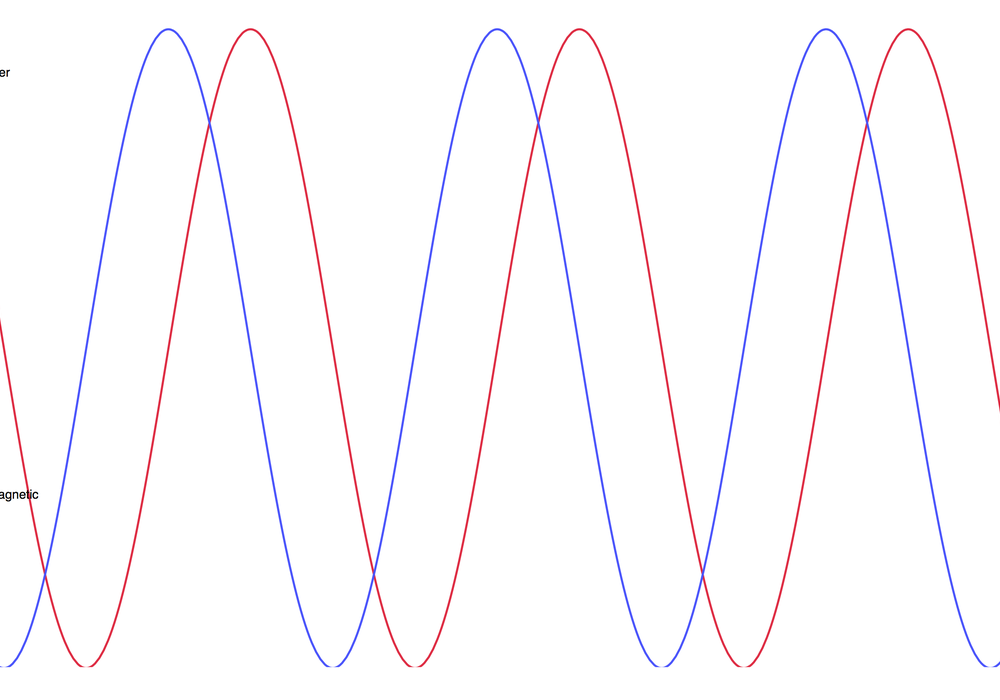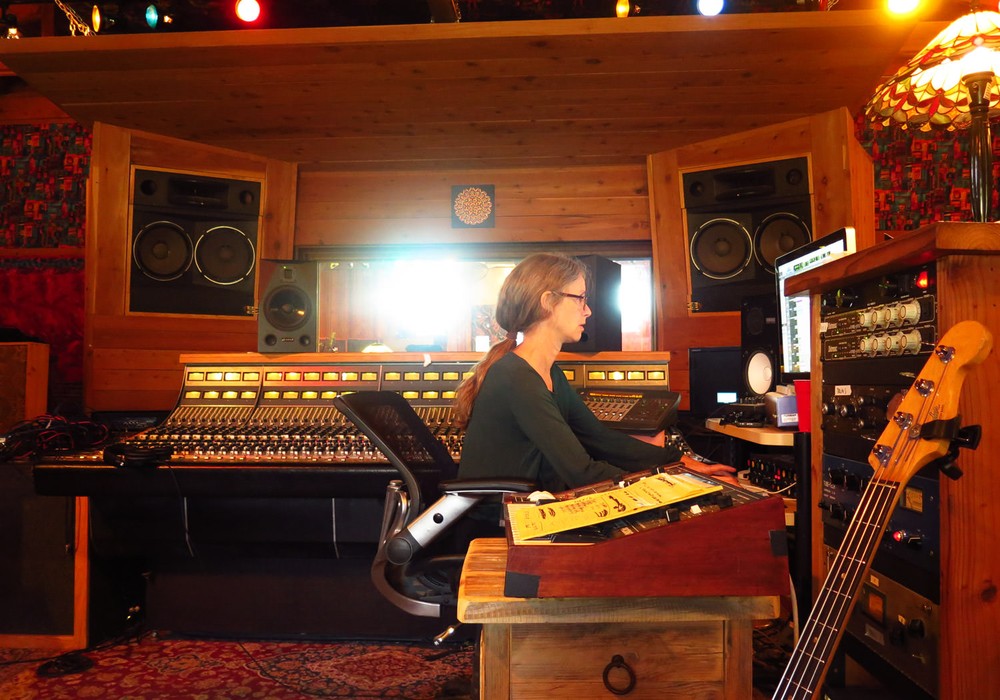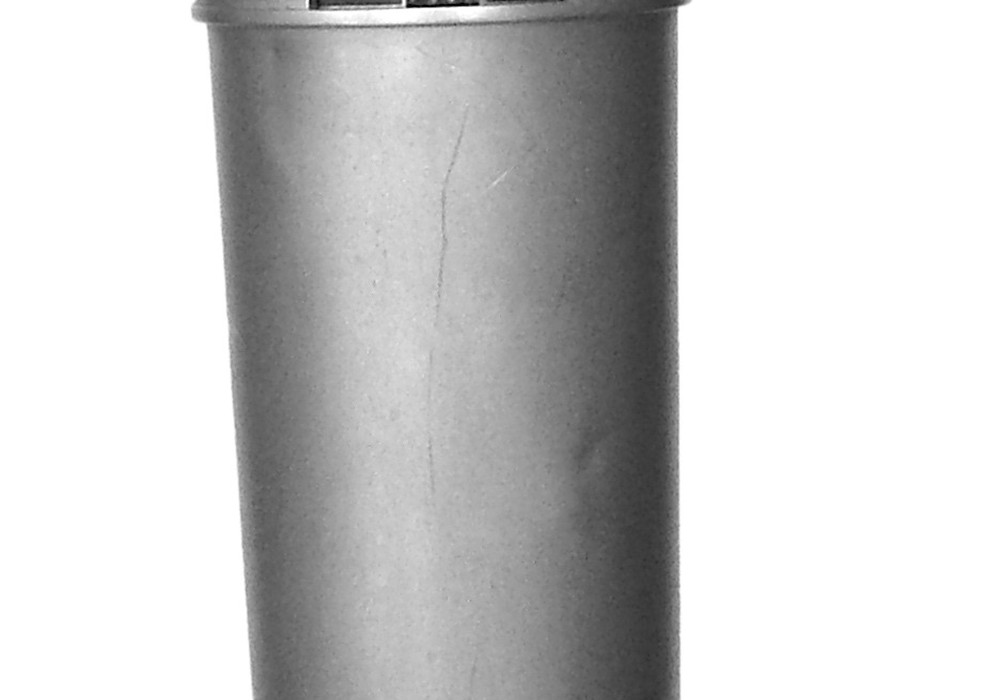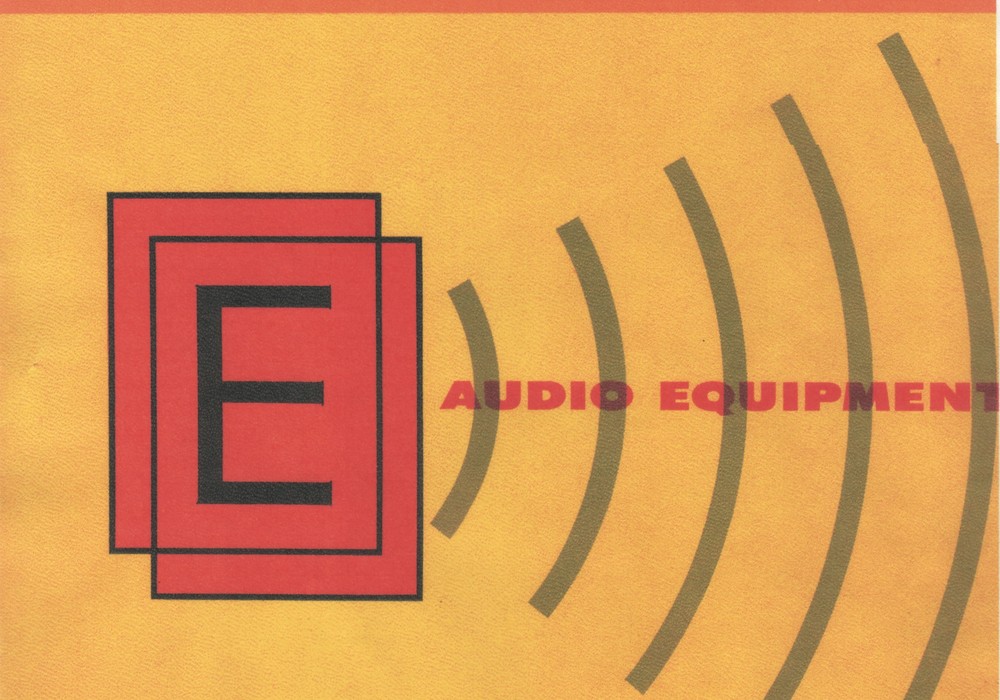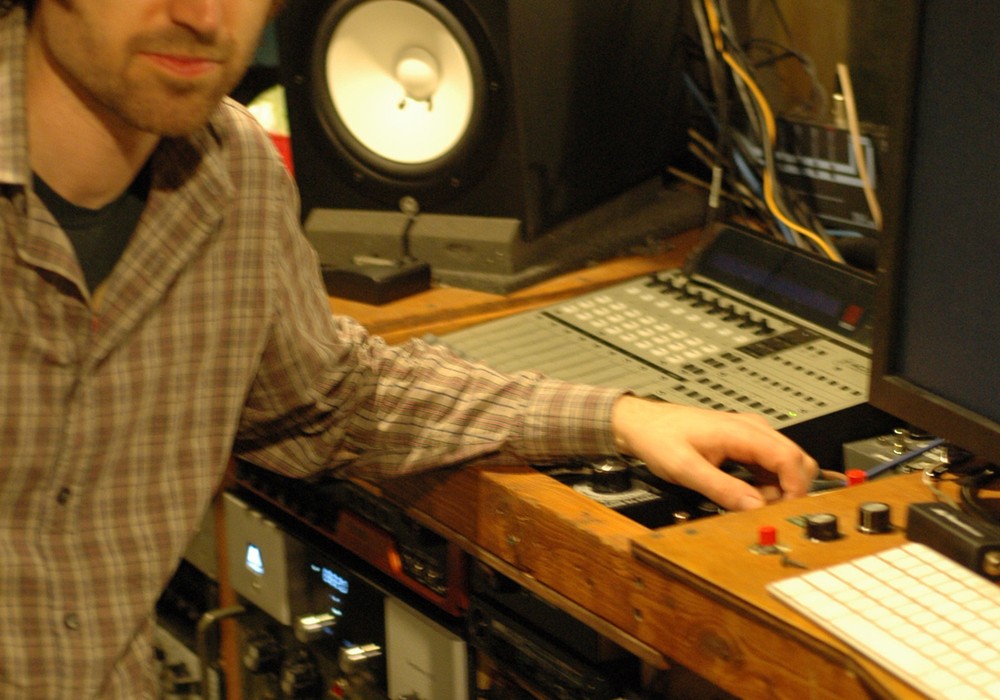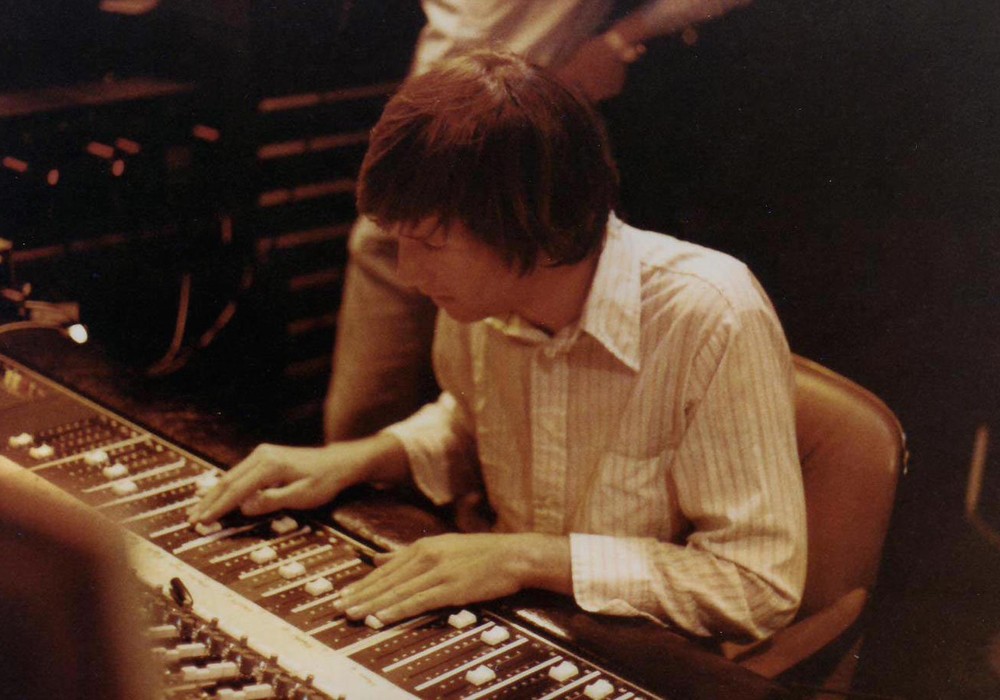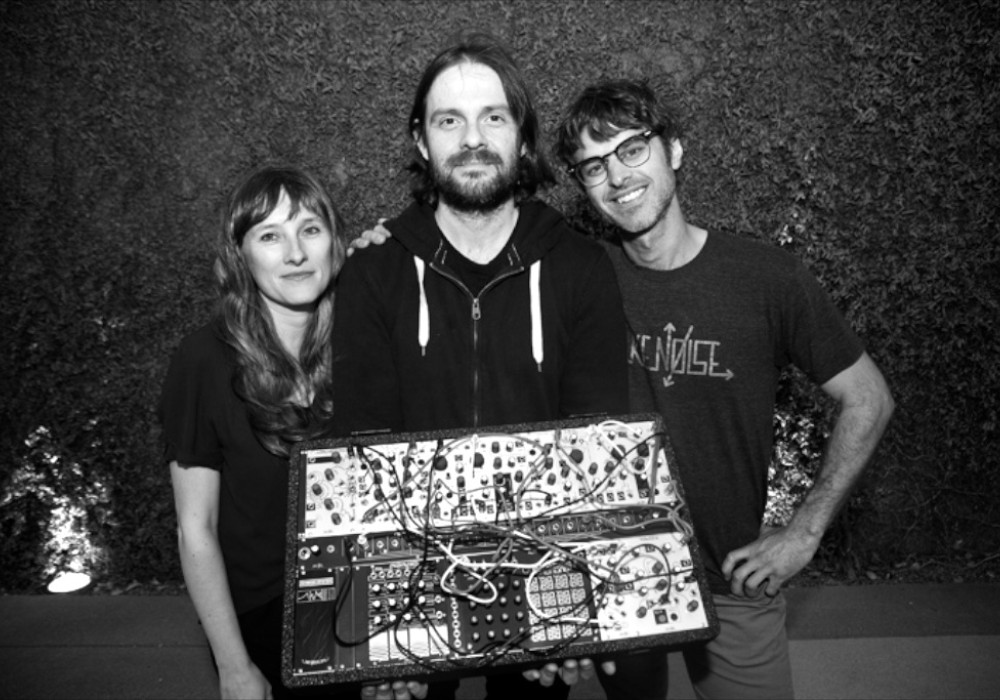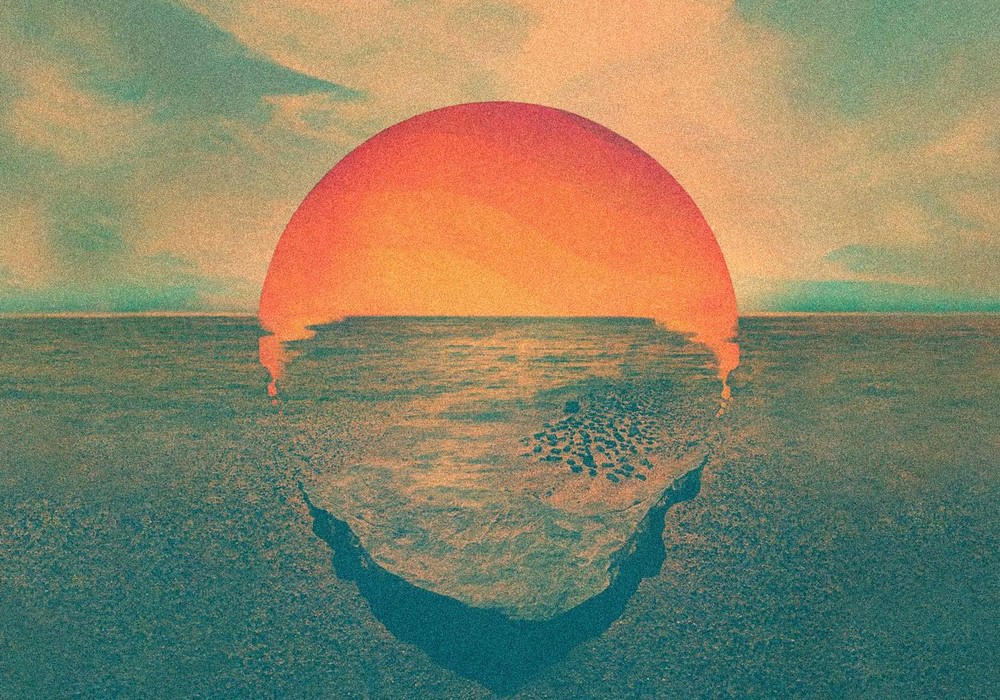In Tape Op # 44 we did a feature on Memphis, Tennessee, and its rich music and recording history. We vowed to return to Memphis, especially for Ardent Studios and Terry Manning - key figures in any history of Memphis music recording, along with Jim Dickinson whom we interviewed in #19. This issue has a special spotlight on Ardent, and some of the people and activities that have occurred around that special place. Big Star were a special band, not given much notice in their heyday but going on to become influential all over the world. We talk with Jody Stephens (page 30), their drummer, and The Posies (page 34), who have become latter-day members of this band. Mark Rubel talks with Terry Manning (Page 48), who got his start at Ardent and now runs Compass Point Studios in the Bahamas. And to start it all off, we chat with John Fry (next page), the man that started Ardent in his parent’s garage 40 years ago! Hats off to the late Chris Bell and the unpredictable Alex Chilton, the songwriters and driving forces that created and carried on Big Star in the first place - we’d all be nowhere without the great songwriters and musicians of this world!
Memphis, Tennessee, is one the most important cities in the history of recording soul and rock 'n' roll music. Historic venues like Memphis Recording Service, Stax Records, Royal, Sam Phillips Recording Service and many others created history. The "kid' among these studios is John Fry's Ardent Studios, now in its fortieth year. Having never been a musician, John has an unusual slant to the recording process. But according to some folks, he has worn this as an advantage, hearing frequencies and sounds beyond the initial concepts of notes and chords. He's also an intuitive businessman, and ventures into labels, production and publishing have helped keep the business vital. From the Stax "spillover" of Sam and Dave, Booker T and the MGs and Staple Singers, Big Star's trio of amazing and unsung-in- the-day power pop records, to recent successes with The Raconteurs and Cat Power — Ardent's history and future look pretty amazing.
Ardent Studios originally started off in your parents' garage?
Yeah, growing up I was a huge music fan, although I wasn't a player. I just loved music. I loved the radio. Me and my friends would sit around trying to hear some station that was different, coming from some other place because the big thing here was to listen to WLS in Chicago or listen to WABC or something like that. In '64 listening to WABC when The Beatles were first coming to the United States — it was just electric. It was just amazing. I love music and electronics and technology — we had our own pirate radio station, a low power thing which we had to have. Because we had some equipment we were able to fool around with doing live music recording, so that's kind of how the garage studio started. To be honest about it, it was really kind of an offshoot of the interest in radio, which was really the excuse for acquiring some homemade equipment to start with. The garage studio finally got rolling in '59 or so. The original equipment was really junky and homemade and adapted and cobbled together, but it finally — about '61 to '65 we had a fairly decent Altec valve console and an Ampex stereo machine and Ampex mono machine. While we were still in the garage, it got to a place that was fairly decent. At that point my parents made the decision that they were selling that house and buying another house, and that kind of precipitated me into a career decision. It's like, "Am I just fooling around here or do I really want to do this?"
When you were doing the garage studio, were you charging people for that?
Oh yeah, we did some fee-for-service work. Not as much because I was still going to school and there are supposed to be some laws about running businesses in residential neighborhoods and things like that.
How old were you at this time?
About twenty. I went out and we found a retail store building that had just been built. It was just open space. We rented that and basically built the National Street studio in there, and we got a Scully 4-track machine. With four tracks we thought we'd died and gone to heaven. Little did we realize that — that was '66 when we opened on National — by '68 we had 8-track, by '70, 16-track and I guess '73 or '74 a 24-track.
With that kind of progression happening so fast — was that a financial strain on you to make that happen — to jump from 4-track to 8-track and always having to keep your old deck in case clients bring in older stuff?
Nothing then was as breathtakingly expensive as it is today. Of course you have to look back in relative terms to the dollar and to the era and so on, but it wasn't nearly the cost that it would have been, say, to look at what it took to be state of the art in the early nineties.
Somebody expects you to have an SSL console...
...and probably at that time, a two-hundred-thousand dollar digital multitrack machine or something of that sort. But we were busy. Right from the outset we were as busy as we could be. Right at the time we were building, Stax had literally been two Ampex mixers and some mono and stereo machines and Atlantic was using their studio and had a relationship with them. Tom Dowd was very active and he was telling them, "You've got to upgrade this thing. You've at least got to get a 4-track and you've got to get a decent console." And it so happened that the guy who's building their console was the same one that was building our console. So they had essentially very similar equipment to what we had, which made their people very comfortable going back and forth. They were doing so much recording that there was no way they could do it all. Certainly there was the similarity of equipment, but why they would trust me to do anything? I actually knew...
